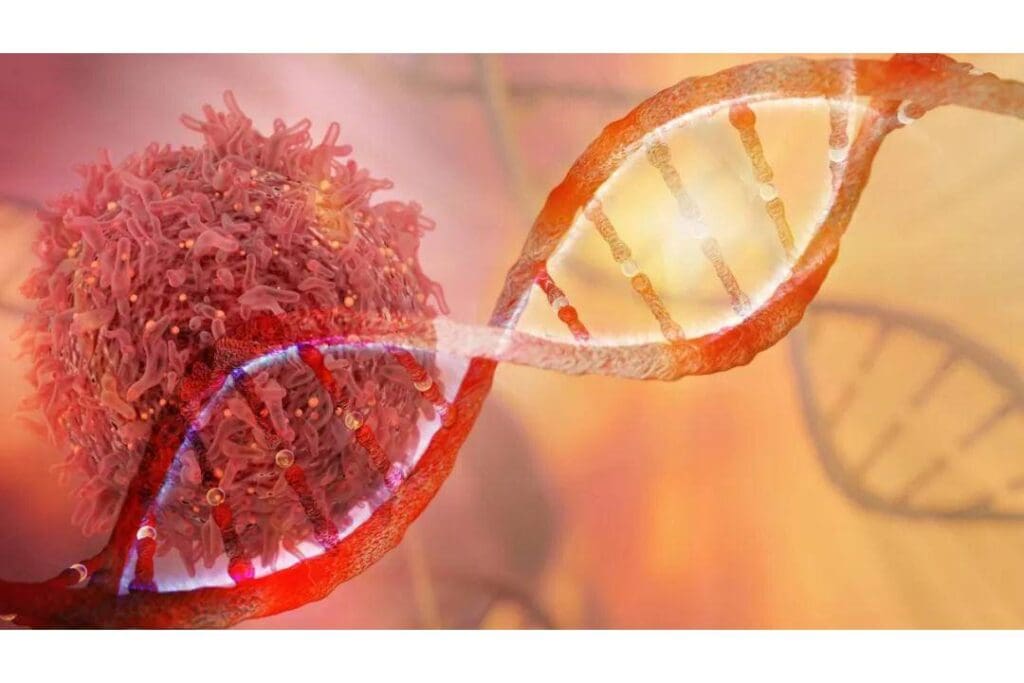
Click chemistry has come into its own in a wide range of life science applications and opens up opportunities that lie between chemistry, biology and material science.
Twenty years ago, soon-to-be Nobel laureate Barry Sharpless and co-workers began to promote the idea of designing reactions that would simply ‘click’, that is, proceed efficiently and selectively under mild reaction conditions.
Initially, these chemists were mainly thinking of clicking together existing organic molecules to accelerate the discovery of new compounds with useful properties. But since then, our ability to customise and manufacture a wide range of biological entities, from antibodies to cells, has grown immeasurably, and click chemistry has also come into its own in a wide range of life science applications.
What is click chemistry?
Click chemistry is modular, wide in scope, gives very high reaction yields and generates only harmless by-products. Ideally insensitive to water and oxygen, the reaction conditions are benign, and the product requires little downstream purification.
This would have excluded classic reactions like the Huisgen cycloaddition of an alkyne and an azide, which is useful for linking molecules, as traditionally this reaction requires refluxing in an organic solvent at 100˚C and still produces a mixture of isomer products.
However, the addition of copper as a catalyst transforms the reaction into a prime example of click chemistry, by speeding up the reaction at lower temperature and favouring the formation of only one product.
Yet, even trace amounts of copper can be difficult to remove and harmful to cells. A copper-free click reaction was created by adding ring strains – akin to ‘loaded springs’ – to the click reactants. Releasing such strain becomes the driving force for the reaction, which readily proceeds at room temperature and without the metal catalyst.
With progress in catalysts and the utilisation of ring strains, many classic chemical reactions have been reinvented as click chemistry and can now be carried out at ambient temperatures and under conditions that are harmless to living organisms and biological molecules.
These attributes make click chemistry particularly appealing for bioconjugation, where biocompatible, highly specific and non-toxic chemical strategies are required to join together two or more molecules, one of which is a biomolecule.
Only a ‘click’ away
Similar to a lock and key system, click moieties are designed to react only with their click counterparts without cross-reaction with other functional groups. As they are small as well as water soluble, clickable reagents are also easily taken up by cells and can even cross the blood-brain barrier. Clickable components can be incorporated into the building blocks of cells, proteins and nucleic acids via biosynthesis or chemical modifications.
For example, during protein biosynthesis, cells may be tricked into incorporating an unnatural amino acid containing a click-ready group into the protein sequence, by a combination of specially engineered tRNA, ribosome and parallel genetic codes.
Alternatively, one can directly modify features of biomolecules, such as the glycan chains on antibodies and on the cell surface, to functionalise them with click-ready groups. Thereafter, these click moiety-containing biologics can be coupled to various other probes such as fluorescent labels, small-molecule drugs, carbohydrates, DNAs or RNAs, and proteins.
The good news for non-chemists is that there are already a number of reagent companies that sell ready-made click building blocks with easy-to-follow recipes, so they can be used in the desired applications straightaway. This provides a solution for carrying out simple chemistry on bench, without having to access Schlenk line, fume hood, and chromatography in a chemical laboratory.
Click chemistry in life science applications
Click chemistry is already widely used in pharmaceutical and life science applications and increasingly prompting large commercial deals.
Drug discovery has been boosted by click chemistry, as not only the resulting chemical linkages (such as the triazole ring) are highly useful in medicinal chemistry, but also new and potentially more active compounds can be formed by clicking existing compounds together. This is seen in fragment-based drug screening and PROTAC, a targeted protein degradation drug platform, which is considered as the next hot drug development area.
In the nucleic acid sequencing arena, ClickSeq, a click chemistry-based method for RNA sequencing has proven to be more robust and less error-prone than the enzymatic ligation commonly used to link sequencing adaptors during the creation of libraries for next-generation Illumina sequencing.
Click chemistry also enables the coupling of antibodies and cytotoxic drugs to produce site-specific and stable antibody-drug conjugates (ADCs).
Biochempeg is especially good at click chemistry reagents which now widely used on biomolecular probes, two-dimensional gel electrophoresis separation, modification of peptide function with triazoles and natural products, and pharmaceuticals, nanotechnology, Biomaterials, etc.
Company: Biochempeg Scientific Inc.
Address: 108 Water Street, Room 4D, Watertown, MA 02472, USA
Email:
Website: